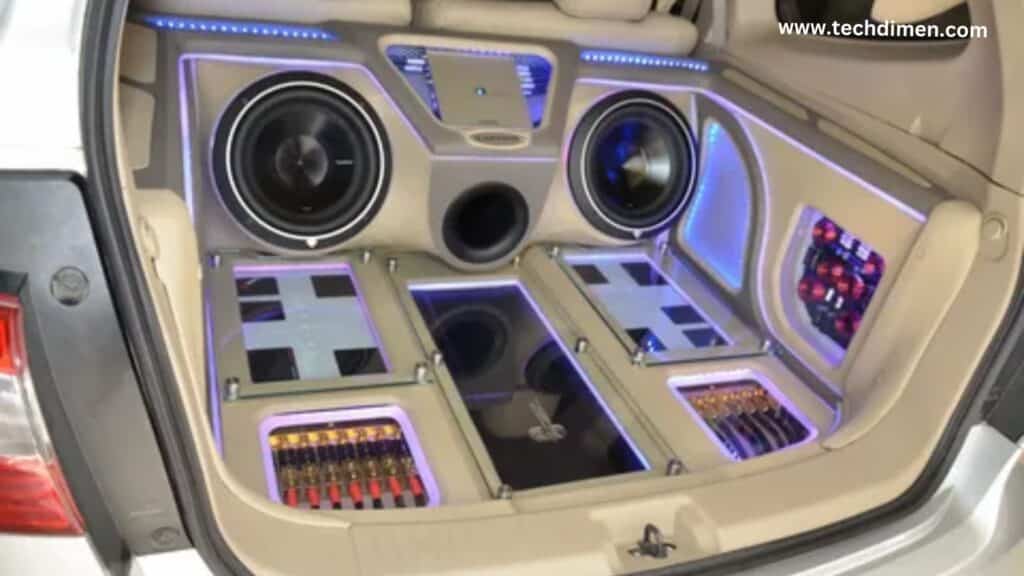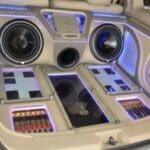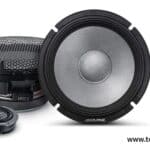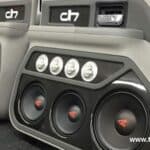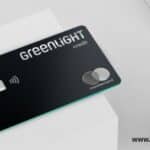Plug and Play Car Audio Systems are a pre‑wired or harness‑adapter solution designed to slot seamlessly into your vehicle’s existing wiring and dash space. Essentially, you unplug the factory stereo, plug in the new unit using provided adapters, and power it on. There’s no need to splice wires or fit generic dash kits. These systems differ from traditional car stereo upgrade kits by preserving your vehicle’s OEM wiring and fit, making DIY car audio upgrades accessible even for first-timers. In 2025, these systems gained widespread appeal thanks to built-in support for wireless Apple CarPlay, Android Auto, integrated amplifiers, and easy DSP tuning.
Why Plug and Play Systems Are Dominating the Car Audio Scene
Skip expensive install shops and avoid soldering with plug‑and‑play stereo systems for cars, which deliver near-instant upgrades. They look factory‑clean, blend into your dash, and preserve your warranty something traditional installs often void. These vehicle‑specific stereo systems allow anyone to add modern smartphone integration and superior sound without complex wiring, making them a game‑changer for users who want better audio without technical hassle.
Key Benefits That Make Plug and Play Audio Worth It
Plug‑and‑play car audio systems cater to users who value simplicity, time savings, and sound quality. Installation usually takes under an hour. Everything comes pre‑wired or clearly labeled so you don’t need electronics expertise. Whether you choose a universal stereo or a vehicle‑specific option, the goal remains the same: connect, install, and enjoy. These systems maintain build quality and speaker compatibility, ensuring smooth integration with modern car audio features.
Advances in Features That Set Top Plug‑and‑Play Systems Apart
Modern models include built-in digital signal processors (DSPs) and integrated amplifiers that deliver high‑fidelity sound without additional gear. These systems support wireless Apple CarPlay and Android Auto, letting you stream, navigate, and call hands‑free with ease. Many also include preamp outputs for future upgrades like subwoofers and retain factory steering wheel controls and camera inputs for seamless functionality.
Best Plug and Play Car Audio Systems in 2025: Reviews and Rankings
Plug and Play Car Audio Systems some standout models include Alpine’s iLX‑W650, Sony’s XAV‑AX6000, Kenwood’s Excelon DMX908S, Focal Inside speaker kits, and Soundigital plug‑and‑play amp kits. The Alpine iLX‑W650 features a thin chassis designed for shallow mounts and offers wired CarPlay, Android Auto, and DSP tuning via the Alpine app. Sony’s XAV‑AX6000 provides a floating 10.1″ display, snappy boot times, and a slick, responsive interface with harness support. Kenwood’s Excelon DMX908S boasts a built‑in Class D amplifier delivering clean 55W RMS per channel, high‑resolution audio support, and advanced DSP. Focal Inside speaker kits offer premium OEM replacements that fit factory speaker locations without modification. Soundigital plug‑and‑play kits deliver robust amplifier power in pre‑wired forms that appeal to users who want upgrade potential without wiring complexity.
Choosing the Right Plug and Play Audio System for Your Vehicle

Ensure compatibility by using fitment checkers or verifying dashboards and harness types for your specific make and model. Confirm the system’s RMS power matches your speakers to avoid distortion or damage. Prioritize models with capacitive touch screens, easy-to-navigate menus, and bright, responsive displays. Good integration is essential, so units that support steering wheel controls, OEM backup cameras, and vehicle-specific wiring make setup simple and reliable.
Step‑by‑Step Guide to Installing Your Plug‑and‑Play System
Begin by disconnecting the Plug and Play Car Audio Systems battery to avoid electrical shorts. Remove the factory unit carefully and plug the harness adapter into the original wiring. Connect the new plug‑and‑play stereo into the adapter, align it into your dash, and test power on. Reconnect the battery and configure settings such as CarPlay, audio tuning, and steering wheel control mapping. Take your time to ensure connections are secure. Firmware updates may resolve issues with Bluetooth or CarPlay functionality; steering wheel control calibration or camera configuration may be needed in some cases.
Plug‑and‑Play vs Traditional Systems: Which Is Better?
Traditional installs often require cutting dash panels, splicing wires, and can cost between $200–$400 in labor alone. Plug‑and‑play gear costs typically range from $150–$600 depending on features. You save on labor, avoid risks like blowing fuses or shorting circuits, and preserve warranty integrity. While traditional systems still offer deeper customization, top plug‑and‑play systems now include DSP tuning, equalizer profiles, and expandable outputs delivering near audiophile quality.
in this World Use Cases: Who Should Choose Plug and Play?
Daily commuters who want seamless streaming and better audio without a shop visit. Drivers of leased vehicles who can’t modify factory wiring. Rideshare and delivery drivers needing reliable tech installs. Audio enthusiasts who use their car daily but don’t want to gut the dash. These systems may not suit hobbyists seeking multi‑channel amps or highly customized crossovers, but they excel for straightforward, effective upgrades.
Frequently Asked Questions
You can absolutely install plug‑and‑play systems without prior experience just follow the instructions carefully and use the provided harness. Most units support steering wheel control functionality out of the box. If your vehicle includes a factory backup camera, plug and play stereos often preserve camera input without extra wiring. Wireless Apple CarPlay and Android Auto support is standard on many models, adding convenience. If you want to add a subwoofer or external amp later, look for preamp outputs. In vehicles with factory Bose or JBL systems, confirm whether the system needs a line‑output converter to integrate properly.
Final thought
For many drivers, plug‑and‑play stereo systems for cars offer an unmatched balance of quality and ease. They let you enjoy a DIY car audio upgrade without vehicle damage or warranty issues. With modern features like DSP, wireless CarPlay, and built in amplifiers, these systems are competitive even against traditional installs. If you want clean, fast, and reliable sound upgrades without chasing installers or risking wiring mistakes plug‑and‑play car audio systems deliver.

Jhon AJS is a tech enthusiast and author at Tech Dimen, where he explores the latest trends in technology and TV dimensions. With a passion for simplifying complex topics, Jhon aims to make tech accessible and engaging for readers of all levels.

